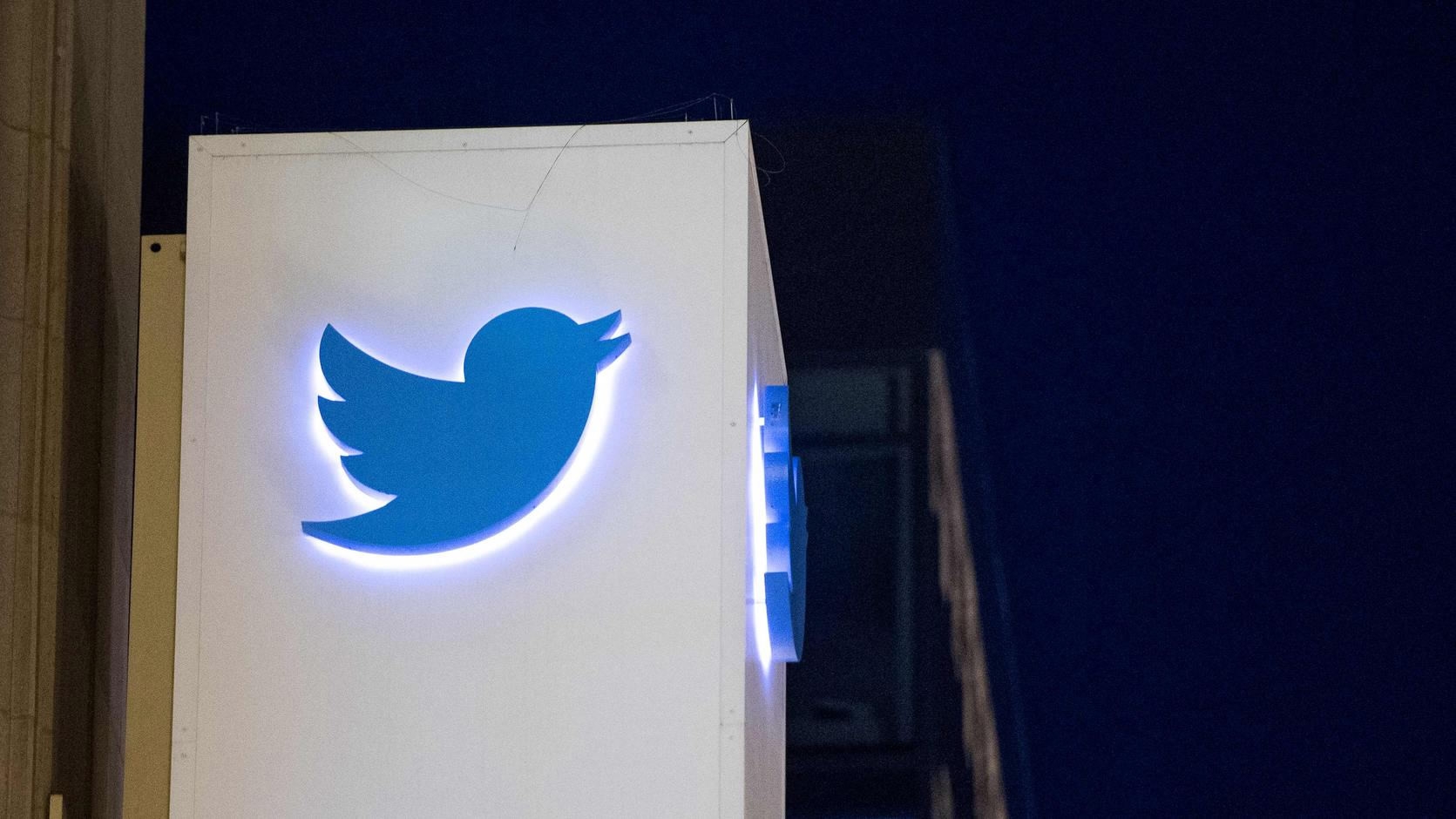
Editor's note: Andrew Korybko is a Moscow-based American political analyst. The article reflects the author's opinion and not necessarily the views of CGTN.
The Guardian
reported earlier this week on the findings of an interesting study from the Australia Institute's Center for Responsible Technology, which claims to prove that right-wing bots linked to pro-Trump and QAnon agendas are responsible for pushing anti-Chinese COVID-19 conspiracies. Readers can learn more about the methodology behind this study in the article titled "COVID-19 misinformation: pro-Trump and QAnon Twitter bots found to be worst culprits," but what's important right now is to analyze what these findings mean.
Information warfare in one form or another has been happening for a very long time. It was therefore to be expected that this would continue into the present day, especially in the context of the U.S. framing its relations with China as part of a global competition that some have described as the new Cold War. The COVID-19 global pandemic has scared the world and created yet another opportunity for the U.S. to attempt to smear China.
President Trump's political surrogates began circulating fake news and conspiracy theories as early as the beginning of the year, alleging that China was either knowingly or negligently responsible for the worldwide spread of this virus. The American leader then took to publicly sharing these false accusations on numerous occasions, emboldening those pushing this narrative to believe that they have the state's support and making them think that their actions constitute a "patriotic duty."
This explains why so many right-wing bots linked to pro-Trump and QAnon agendas were found to be amplifying these messages across Twitter. What's so peculiar about this, however, is that Twitter is regarded by many as having an anti-Trump bias, or more generally, an anti-conservative one which would have ordinarily led observers to predict that it wouldn't tolerate the proliferation of such information linked to automated accounts.

A screenshot of The Guardian's story on Twitter bots promoting anti-China conspiracies.
After all, Twitter has algorithms in place to detect and suppress bot activity. Yet, the accounts studied by the Australian researchers weren't suppressed by the company. This raises the question of why this hasn't happened, considering the company's policy against fake news and its alleged bias against conservatives. Trump himself even accused Twitter of having a partisan political agenda after the company fact-checked one of his recent tweets, leading him later to sign an Executive Order to investigate Twitter's compliance with existing legislation.
It can't be known for sure, but one possible explanation for why these right-wing bots are allowed to operate with impunity is that Twitter predicted Trump's attempt to crack down on them and wanted some leverage for negotiation. For instance, despite reportedly having a partisan bias against Trump and his domestic political supporters, Twitter nevertheless still promotes U.S. propaganda against China.
If the proverbial push come to shove, then the company can quietly negotiate with the Trump administration to make them aware of the so-called "patriotic service" that they provide in this respect. But, it could be jeopardized if they're forced to be legally accountable for what their users posts. That outcome could theoretically open up the company to a lawsuit from foreign state authorities.
In any case, it would complicate its ability to facilitate the U.S.'s information warfare against China over COVID-19 and other "convenient" topics such as Hong Kong and Taiwan. In fact, Twitter might even ban all related bot accounts as revenge if it's forced to be held accountable for its users' content, therefore hamstringing the propaganda campaign that the American government is presently waging by proxy.It'll remain to be seen what the outcome of Trump's struggle with Twitter will be, but this new evidence of the company hosting thousands of anti-China bot accounts provides a new angle through which observers can analyze everything.
(If you want to contribute and have specific expertise, please contact us at [email protected].)
 简体中文
简体中文





